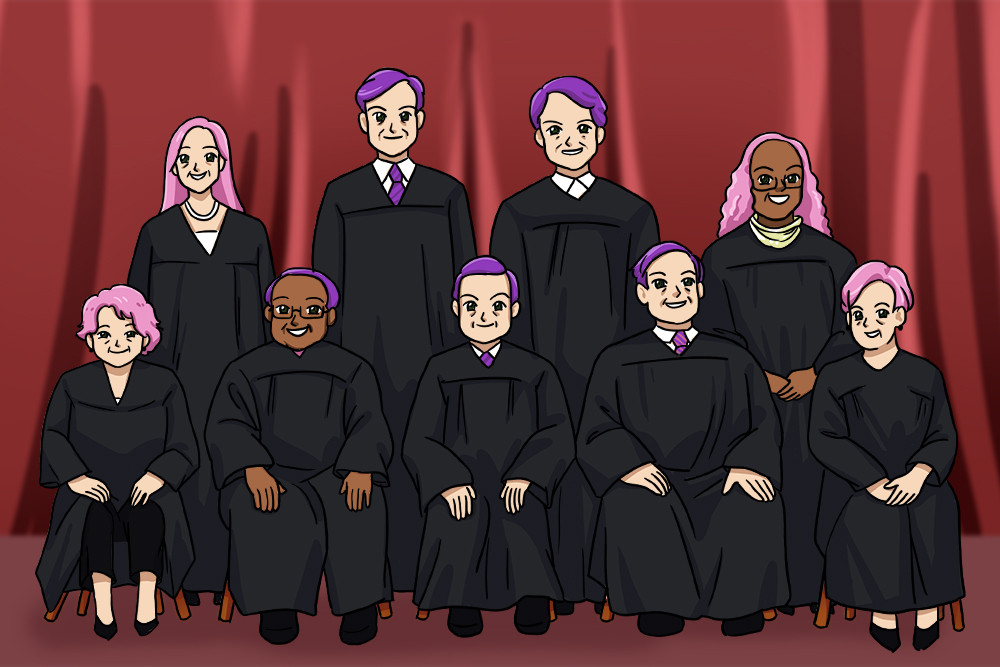In the aftermath of the SCOTUS’s highly controversial decision, various observers have asserted that the new rulings herald a tectonic shift in the college and university admissions landscape. And that those institutions will overhaul their admissions practices by making significant and profound changes; here at ivyO, we think perhaps not.
Sure, elite US institutions of higher learning will do what’s necessary to project an image of compliance with the SCOTUS’s rulings; however, it is our contention that any adjustments to their admissions practices may be a case of form over substance. It’s a safe bet that those schools will explore, extend and exhaust all possible avenues in an all-out effort to protect and preserve their institutional needs, including diversity and whatever else that truly matters to them.
Now, we don’t need to be Nostradamus to know what’s coming; many top schools have already played their cards.
Shortly after the SCOTUS decision, various prestigious colleges and universities issued statements that run along similar lines — that they all declare compliance with the new rules, but that they are not wavering in their commitment to protecting diversity on their campuses, etc.
A quick read of the statements below will frame the picture for you:
For instance, consider the statement from the University of Pennsylvania, “In these first hours following the release of these rulings, we have two messages. First, we are studying the Court’s opinion to ensure that we admit students in compliance with the law. Second, we remain firm in our belief that our academic community is at its best when it is diverse across many dimensions… This decision will require changes in our admissions practices. But our values and beliefs will not change.”
Similarly, on the day the Court delivered its decision, Harvard released a statement reaffirming that “For almost a decade, Harvard has vigorously defended an admissions system that, as two federal courts ruled, fully complied with longstanding precedent. In the weeks and months ahead, drawing on the talent and expertise of our Harvard community, we will determine how to preserve, consistent with the Court’s new precedent, our essential values.”
As to be expected, Princeton’s statement followed kindred lines, acknowledging that “While today’s decision will make our work more difficult, we will work vigorously to preserve — and, indeed, grow — the diversity of our community while fully respecting the law as announced today.”
Evinced by the post-verdict proclamations of the three Ivy League schools named above and many others, top US institutions of higher learning will fight tooth and nail to preserve their admissions programs. While colleges will find ways to work around the newly imposed restrictions, the impact of the SCOTUS decision is real.
One thing for sure — next time their Regional Subcommittees and Full Committees of admissions officers (AOs) sit down to deliberate, discuss and debate the composition of their incoming freshman class, an applicant’s race or ethnic background cannot be a factor in making admittance decisions.
The Common App has already announced that as of August 1, 2023, colleges and universities can hide the self-disclosed race and ethnicity information from application PDF files. It is a foregone conclusion that soon enough, the Common App will remove applicants’ option to check the race box.
Although race-based preferential treatments of applicants have been banned, AOs still have various means through which an applicant’s race can be readily discerned. But applicants must provide the race and ethnicity information appropriately; otherwise, AOs are not allowed under the new regime to consider such information.
And the above strategy is supported by Chief Justice John Roberts, who wrote that “nothing in this opinion should be construed as prohibiting universities from considering an applicant’s discussion of how race affected his or her life, be it through discrimination, inspiration, or otherwise.” But “a benefit to a student who overcame racial discrimination, for example, must be tied to that student’s courage and determination. Or a benefit to a student whose heritage or culture motivated him or her to assume a leadership role or attain a particular goal must be tied to that student’s unique ability to contribute to the university. In other words, the student must be treated based on his or her experiences as an individual—not on the basis of race.”
In short, per Chief Justice John Roberts, students are at liberty to include information about their race, heritage and culture in elements of their applications, like their personal statements, college-specific essays, teachers' and counselors’ letters of recommendation. But once again, it is important that students furnish race-related information in a way that can be considered by AOs; if not, AOs are required under the new rules to disregard such data.
Another spanner in the works is the declaration by Chief Justice Roberts that "What cannot be done directly cannot be done indirectly.” But given the holistic admissions system and its inherently high degree of opaqueness, such a directive may not be easy to police.
It is likely that AOs at elite colleges will become even more tight-lipped than ever before about how they make admittance decisions. Certainly, the days of AOs assigning a race-based boost to an applicant’s score in the “overall” category are gone. In fact, any admissions practice that is vulnerable to a subpoena order would be amended by colleges and their attorneys.
Suffice to say that how AOs consider applicants’ race-related information will be closely monitored by many.
One person that will be watching like a hawk is Edward Blum, an American conservative legal strategist and anti-Affirmative Action activist, who created SFFA and is the mastermind behind SFFA’s lawsuits against Harvard and UNC. As reported in the New York Times, Blum said that he “will be watching to see how universities like Harvard and the University of North Carolina adjust their admissions policies” and that “other schools may do something that is a direct proxy for race,” which “are going to be actionable in a court of law.”
In any case, the next phase of the US college admissions landscape will be compulsory viewing.



